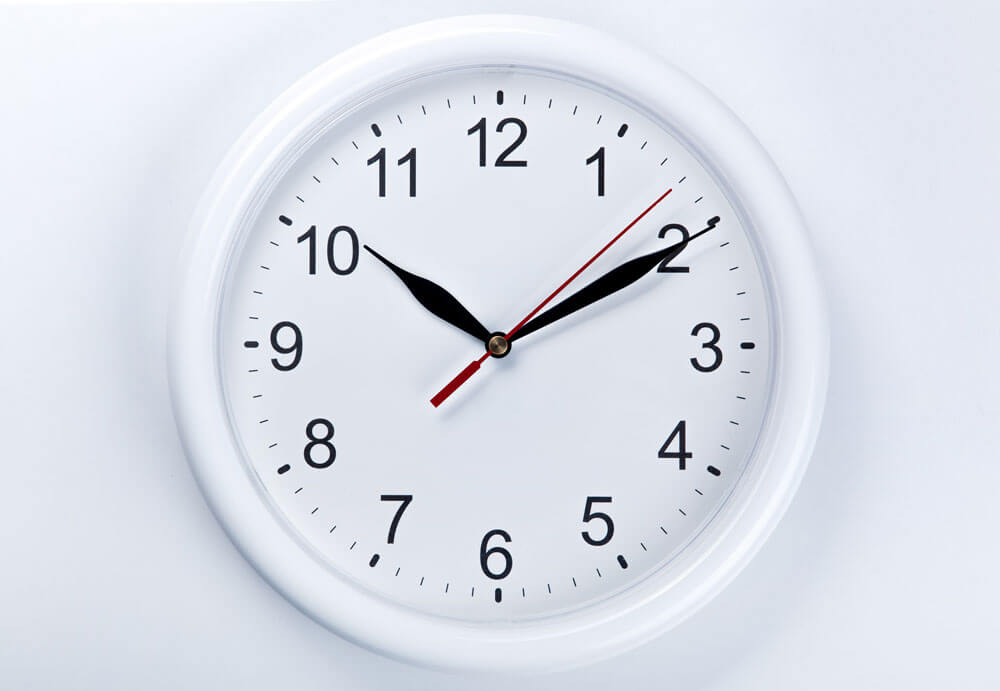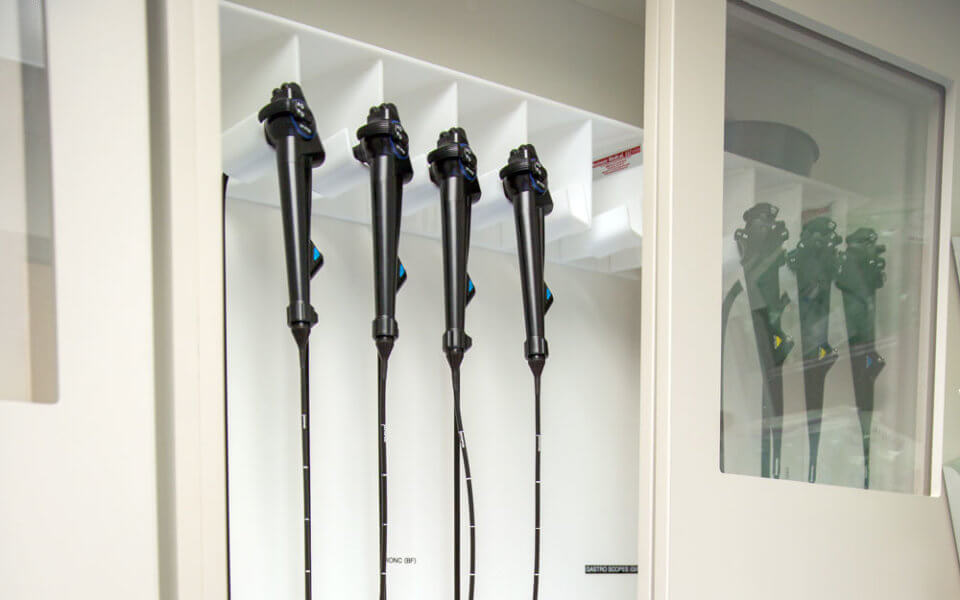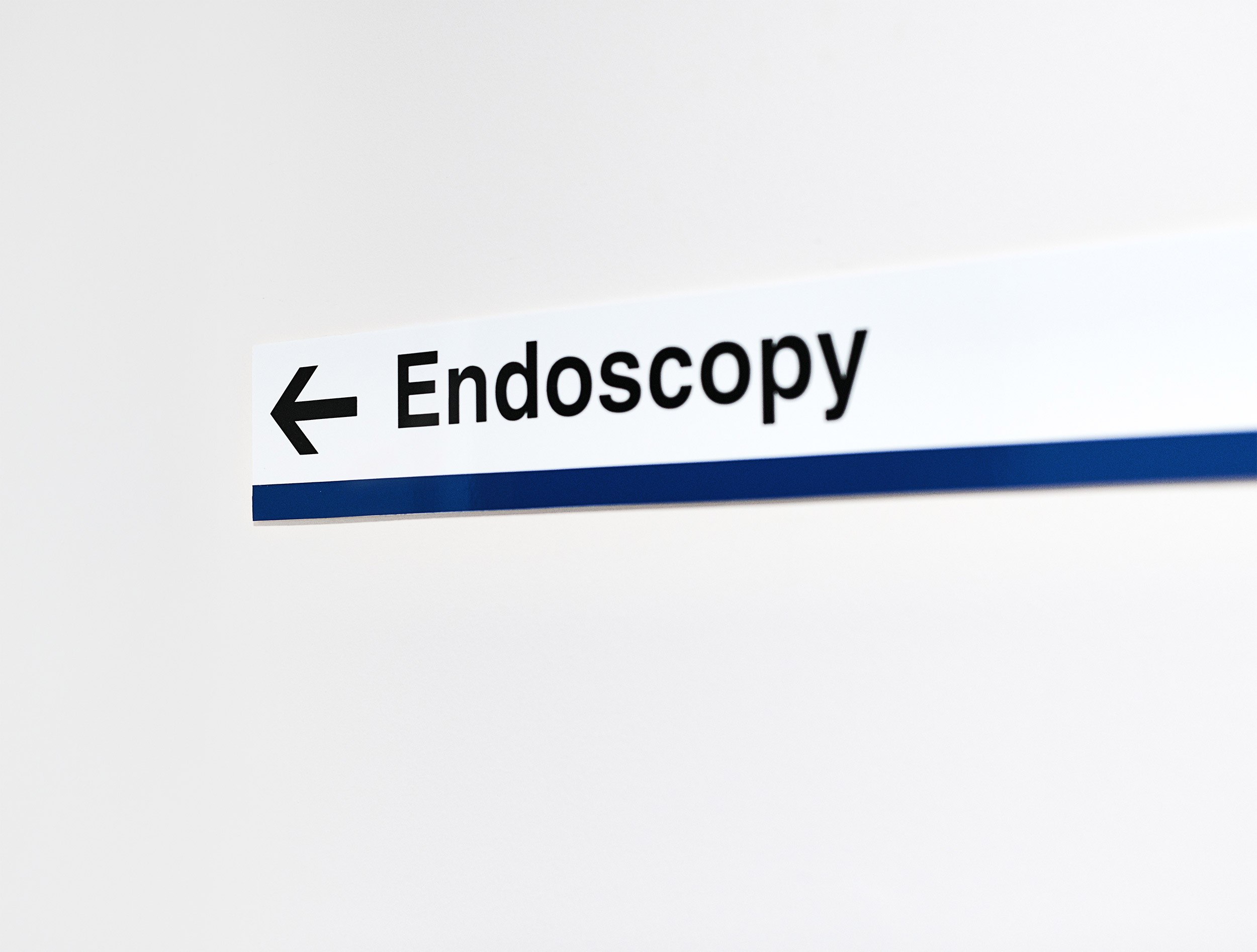
The risks for patients who have to put off elective procedures because of the novel coronavirus are growing every day.
“Elective endoscopy may be delayed for an unsustainable period of time,” according to Dr. Sunil Gupta, Dr. Neal Shahidi, Nicole Gilroy, and Dr. Douglas K. Rex, who have co-authored their outline for a safe return to elective endoscopy during the COVID-19 pandemic.
The authors project that up to 2,800 colorectal cancer cases could be diagnosed late due to such a significant reduction in endoscopic procedures. Endoscopists could miss up to 22,000 high-grade adenomatous polyps with malignant potential.
This could mean a 6.5 percent increase in the six-month mortality rate for late colorectal cancer diagnoses, according to the outline.
“Thus, it is clear that the long-term suspension of routine endoscopy is unsustainable, and therefore imperative that we resume elective endoscopy as early and safely as possible,” Gupta and the authors write. “We propose that by incorporating readily available point-of-care tests and conducting accurate clinical risk assessments, a safe and timely return to elective endoscopy is feasible.”
Gastrointestinal Endoscopy accepted their paper, “A proposal for the return to routine endoscopy during the COVID-19 pandemic,” in April.
COVID-19 is caused by a novel strain of the coronavirus and it is primarily spread through expelled respiratory droplets in the air. Limited research has pointed to the potential for fecal-oral transmission if a patient is exhibiting GI symptoms like diarrhea and vomiting.
China reported the first cases of the novel coronavirus in December 2019. The Johns Hopkins Coronavirus Research Center reported 270,020 global deaths from COVID-19 on the morning of May 8, 2020.
Other endoscopists have weighed in on the challenge of reopening endoscopy practices to previous levels of patient care.
In another paper accepted for publication by Gastrointestinal Endoscopy in April, Dr. Bruno Chaves Salamão and Dr. Fauze Maluf-Filho write that even with increased COVID-19 testing for patients and healthcare staff, endoscopy practices will still have to adopt more stringent personal protective equipment (PPE) measures.
The current guidelines from regulatory agencies recommend PPE use for all emergency endoscopic procedures performed today. That includes full-sleeve gowns, eye protection, hairnets, gloves, and respirator masks.
“It will be challenging to repeat the huge numbers of routine endoscopic procedures performed before the COVID-19 pandemic,” the authors write, “considering the time spent for the correct use and removal of PPE, the shortage of rooms equipped with negative pressure ventilation, just to mention a few limitations.”
Elective procedures have been put on hold across medical specialties due to the pandemic, to protect against disease transmission, and gastroenterology is no exception.
Healthcare workers remain up to 3 times more likely to contract COVID-19 than the general population, with up to 20 percent having contracted the disease within certain geographical regions, according to the paper authored by Gupta and others.
The American College of Gastroenterology (ACG), American Gastroenterological Association (ASA), the American Association for the Study of Liver Diseases (AASLD) and the American Society for Gastrointestinal Endoscopy (ASGE) recommended, in March, that all elective, non-urgent endoscopic procedures be rescheduled.
Treatment for GI bleeding, cholangitis, foreign body removal and acute luminal obstruction, and cancer screening have continued.
In gastroenterology, there may be risk of aerosolization in gastroscopy, ERCP, and EUS procedures, especially if patients dry retch, sneeze, cough, or require endotracheal intubation during the procedure. In addition, fecal-oral transmission during colonoscopy is also possible.
A recent study to quantify the rate of unrecognized exposure of an endoscopist’s face to potentially infectious biologic samples concluded that facial shields should be used during GI endoscopy.
This study was conducted prior to the COVID-19 outbreak and found that gastroenterologists were at risk of contracting Clostridium difficile or other multidrug-resistant organisms during endoscopy. The study also demonstrated that surfaces up to six feet away from a patient may harbor contaminants after an endoscopic procedure, putting other staff and future patients at risk.
Typically, 17.7 million endoscopic procedures are performed annually in the U.S. across clinical specialties.
The Gupta paper presents a multi-pronged approach for a safe return to endoscopy centered around rapid point-of-care testing and clinical risk assessments.
Point-of-care testing is not always 100 percent accurate. The authors argue, however, that rapid point-of-care testing is the best option for ensuring patient and staff safety and a return to practice, as long as the risks of false negatives are accounted for.
The authors suggest a dedicated staff member test all patients upon arrival. Any patients testing positive should remain isolated until the procedure can be rescheduled, unless the procedure has been deemed urgent. “Maximum precautions would be required” if an urgent procedure is warranted.
Other recommendations from the authors for a safe return to endoscopy include:
Gupta and the authors do not address the importance of endoscope reprocessing in mitigating the risk of patient-to-patient disease transmission.
In a recent editorial paper, epidemiologist Cori L. Ofstead provides evidence of cross-contamination between gastrointestinal endoscopes and bronchoscopes in the reprocessing suite. Bronchoscopes may be used to treat COVID-19 patients.
Reprocessing reusable endoscopes can present a host of challenges under normal circumstances, but Ofstead argues the process requires even greater attention and vigilance in the current pandemic.
The New York Society of Gastroenterological Endoscopy (NYSGE) sponsored a survey in late March to analyze the effect of COVID-19 on endoscopy practice in the New York metropolitan area.
Of the 69 New York-area endoscopists that participated in the survey, 62 percent reported they had not performed a procedure in the preceding seven days. Overall, procedural volume had declined 96 percent for all procedure types. The endoscopists surveyed reported EGD and ERCP as the most frequently performed procedures since the pandemic first hit New York.
Gastroenterologists will have a difficult task rebounding from weeks or months with limited patient flow. New safety protocols to protect patients and healthcare workers from COVID-19 transmission will change the way endoscopists previously ran their practices.
The Johns Hopkins Coronavirus Resource Center reported more than 1.2 million cases of coronavirus in the U.S. as of the first week in May. There have been 75,670 reported deaths in the country.
Protecting patients and healthcare staff in the weeks, months, and years following a global peak in COVID-19 cases will be a continuing challenge.
“Although [the practice of social distancing] aims to prevent the overburdening of healthcare systems, prolonged deferral of elective endoscopy will become unsustainable,” Gupta and co-authors write. “Ultimately, herd immunity or vaccination may be required to reduce risk of community transmission and enable endoscopy units to reach full capacity once again.”


